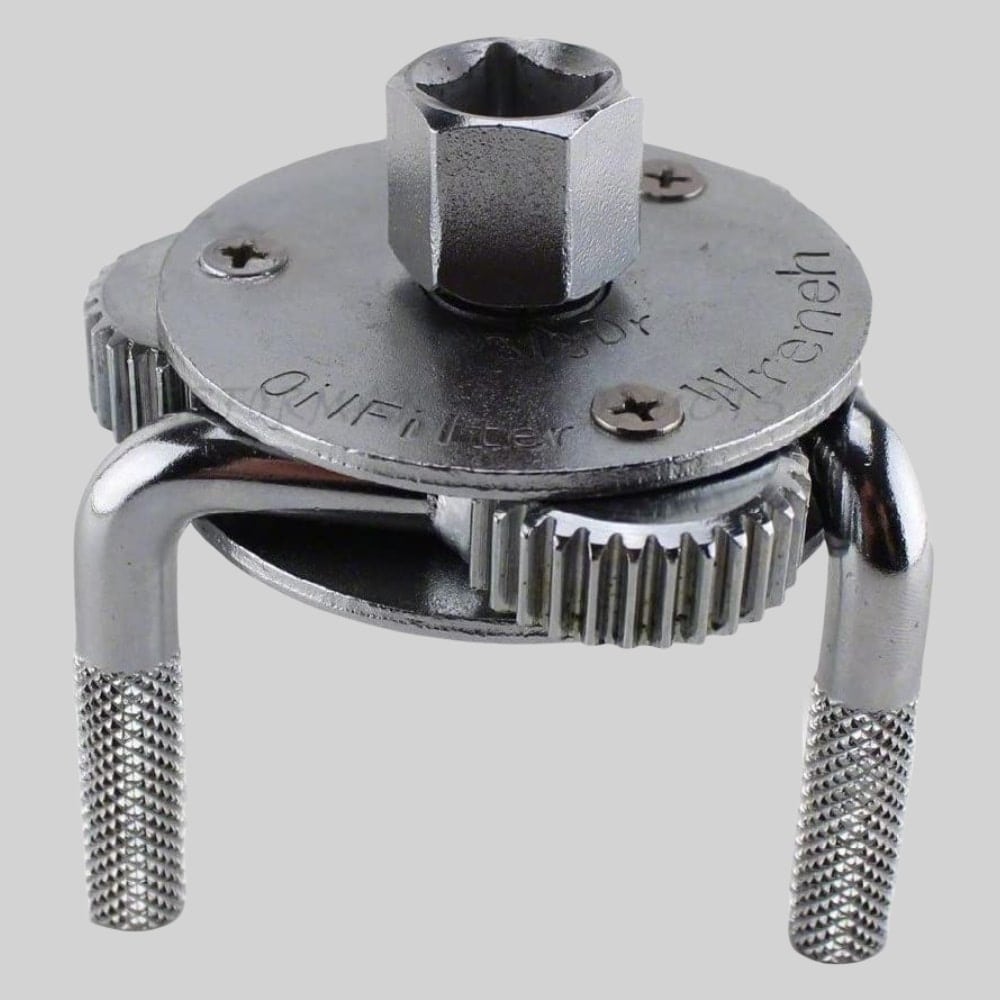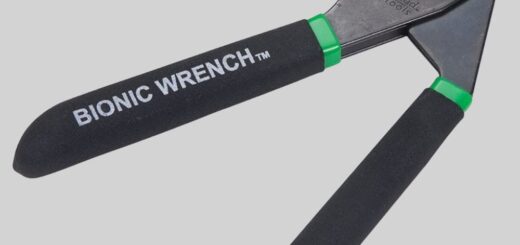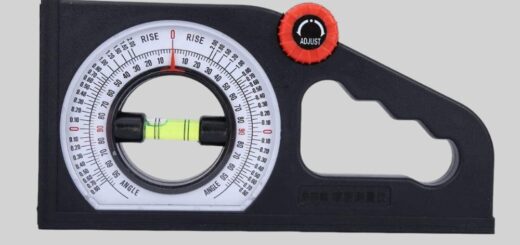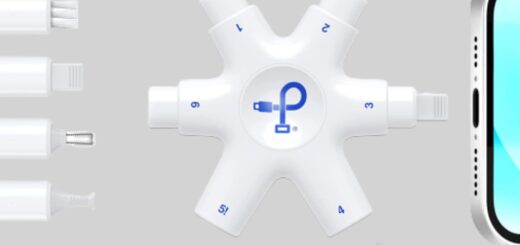Oil Filter Removal Wrench

Introduction
Oil Filter Removal Wrench: – Normally, Oil filters are believed to be smooth and cylindrical shape canisters. It is difficult to adjust and hard to grip because of its design especially when they are oily. All oil filter wrenches of various sorts are made using the toughest stainless steel and have nonslip features attached for maximum gripping.
What is an Oil Filter Removal Wrench?
A filter oil removal wrench is utilized to remove the oil filter from the engine. These wrenches are accessible in various designs and sizes, and some are flexible to fit many filter sizes.
There are two sorts that are most frequently utilized in car workshops.
Belt-shaped wrenches fit filters of various sizes and are adjusted by tightening the belt.
Socket-shaped wrenches fit a specific type and size of the filter housing, however, they require less space to work than a wrench with a belt.
Oil removal filter wrenches are simply used to remove the filter, never to install it. The new filters are installed manually, and will be also tightened during engine warm-up and cooling. A wrench is utilized to eliminate the oil channel since really unscrewing force is required.
What are the benefits of an Oil Filter Removal Wrench?
- This specific design features textured pads all through the band to offer maximum grip, setting it from the greater part of the competition.
- This model likewise includes a swiveling handle that is perfect for working in tight spaces.
- The sizing is somewhat off contrasted with other filter wrenches of the preferences.
- You want to take unique consideration and verify that the wrench selected matches the size of filters you expect to work with.
What are the Different Types of Oil Filter Removal Wrenches?
Strap type and socket type are two types of oil filter removal wrench.
While utilizing a strap-type wrench, slide the belt over the filter so within the wrench lever is turned counterclockwise. Adjust the belt opening about the filter housing and pull the lever in the unscrewing direction. If essential, release the strap and move the key clockwise to repeat the unscrewing. At the point when the filter is delivered, eliminate the key and unscrew the filter totally by hand.
With the socket-type wrench, place the socket on the lower part of the housing, adjust the ratchet handle and place it on the socket. Turn the lever counterclockwise to unscrew the filter. While the housing releases, eliminate the insert and unscrew the filter by hand totally.
What are the Different Styles of Oil Filter Removal Wrenches and How they are used?
There is a wide range of sorts of oil filter wrenches to suit the various kinds of oil filters, and where they are located in the motor.
1) Pliers-Style
This type looks like standard pliers with a couple of contrasts, however, you use them pretty much a similar way. The handles will generally be long as opposed to short. This empowers the user to move them into small, difficult-to-arrive-at spaces. Instead of bare metal, the jaws are typically covered in plastisol or a similar substance so they won’t slip on slick, greasy surfaces. The jaws may likewise have an overbite, which is where one jaw is longer than the other, or calculated teeth.
2) Socket-Style Or Cap-Style
Socket or cap-style models are the simplest varieties. There are no moving parts or components, it’s simply a metal cap.The base has a recess in it to be utilized with another tool. This can be either a fastener driver or a socket wrench extension, used to loosen or fix it. These tools come in fixed sizes, so it is crucial for pick the right one.
3) Spider (Claw or Jaw)
Very much like cap-style models, a claw-type oil filter wrench needs a fastener driver to work. You insert the extension into the recess at the base and tighten it as needed. The body of the tool is a plate containing metal cogwheels. Thus, these gears are attached to legs (hooks or jaws).The flat build is great for low-clearance areas. Spider types are less inclined to stall out or require excessive force.
What are the Tips for how to Use an Oil Filter Wrench?
A) Have the Correct Additional Tool
Some wrenches need additional tools. On the off chance that yours is one of the wrench styles, ensure the compatibility between the wrench and tools you have, either a socket extension or ratchet driver.
B) Never Force it
Try not to take a stab at pushing or forcing a tool where it won’t fit. You could wind up breaking it or damaging surrounding components. In the worst case scenario, you’ll end up with a trapped filter. You could need to involve your repairman to get it back out. If the filter unit is tenaciously stuck, you’ll probably need to invest some physical effort.This doesn’t mean you ought to get out of hand and apply sufficient power to crush or annihilate it.
C) Use Your Hand for Installation
It won’t be important to utilize your tool whenever you’ve removed the old unit and are putting in another one. In actuality, over-tightening your new filter will make it harder to take out later. Screwing it in by hand is all that is required. Besides, certain wrenches have a strong grasp so you could wind up damaging the new unit by accidentally over-tightening.
D) Stay Patient
Indeed, even with a specialized tools, you can experience trouble at work. Maybe you’ll need to position your wrench at least a couple of times in the event that it slips.
Conclusion
Figuring out how to perform basic maintenance tasks on your vehicle is viable and cost-effective. You’ll be setting aside money that would somehow go to your mechanic. Remember to be gentle on yourself assuming this is your most memorable endeavor. Try not to get impatient in the event that you find adjusting or placing the tool a test at first. Your smartest choice is to contact your vehicle’s manufacturer for questions and user guidelines.






























































